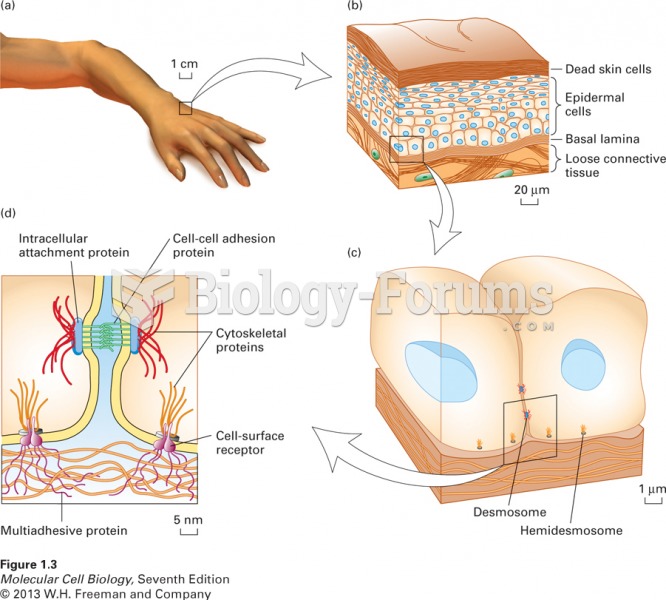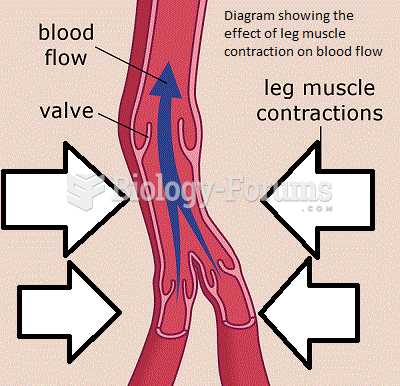Answer to Question 1c
Answer to Question 2ANSWER:Did
the type of space in which the performance took place allow close-range viewing of
costumes and makeup? Were details easily visible? What was the overall effect of the
space on costumes and makeup?
What, if any, specific period, style, or production concept did the costuming convey? If it
did so, which? How closely did the approach adhere to the script? If it departed
significantly from the script, in what ways did it do so? With what effect?
How were the costumes and makeup used to characterize each role? Did they distinguish
characters by clarifying specific occupations or professions? Socioeconomic status?
Lifestyles? Age of characters? Taste? Psychological traits? If so, through what means? If
not, what was the effect? Were some character traits ignored? If so, which and with what
result?
Did costumes clarify character relationships? If so, how? With what results? If not, how
did they fail to do so? With what results? Did they create appropriate emphasis? If so,
through what means? If not, what prevented them from doing so?
Did the costumes enhance or inhibit the performers' movements and business? In what
ways? With what results?
How did the costumes and makeup enhance or alter the actor's appearance? Was this
done appropriately in terms of the role? Was the actor's overall physical appearance
effective (or ineffective) for the role? In what ways was the effectiveness (or
ineffectiveness) attributable to costume and makeup?
Were there costume or makeup changes? How did they relate to developments in the
dramatic action or alterations in the character's situation or attitudes? Did the changes in
costume or makeup clarify the developments? If so, in what ways? If not, why not?
Were there any unusual, unexpected, or highly distinctive costumes or makeup?
What features or means served to create these effects? Did the distinctiveness enhance
or detract from the overall effect?
How did costumes and makeup relate to scenery and lighting? Did they enhance and
complement each other? If so, how? If not, in what ways? With what results?
Overall, how did costume and makeup contribute or fail to contribute to the total
production?







